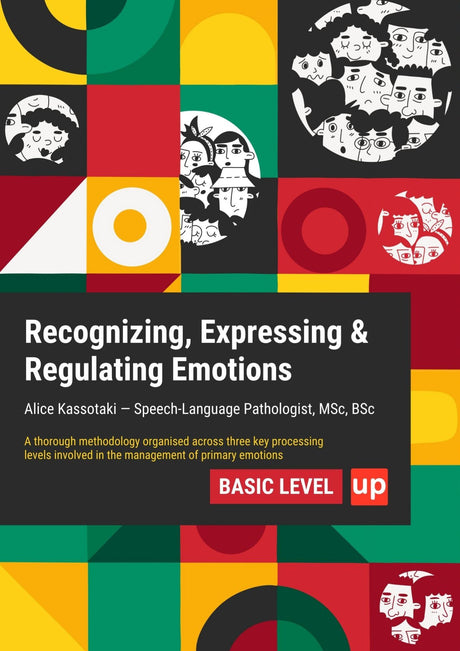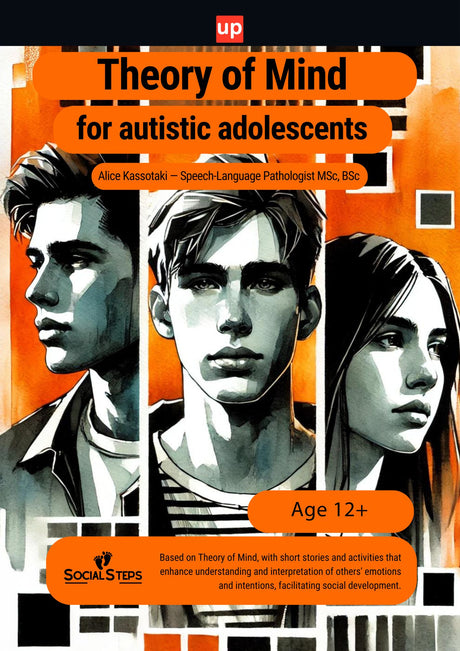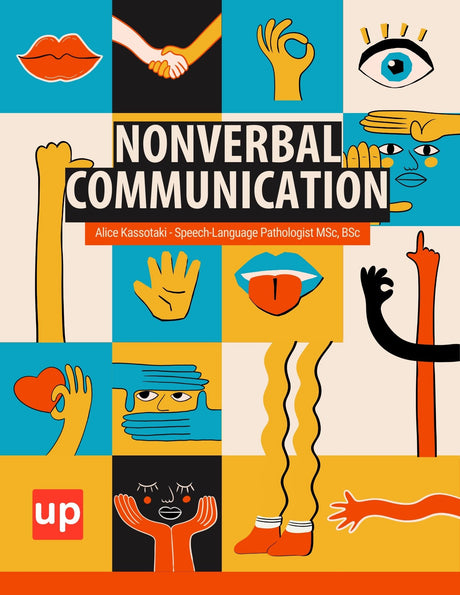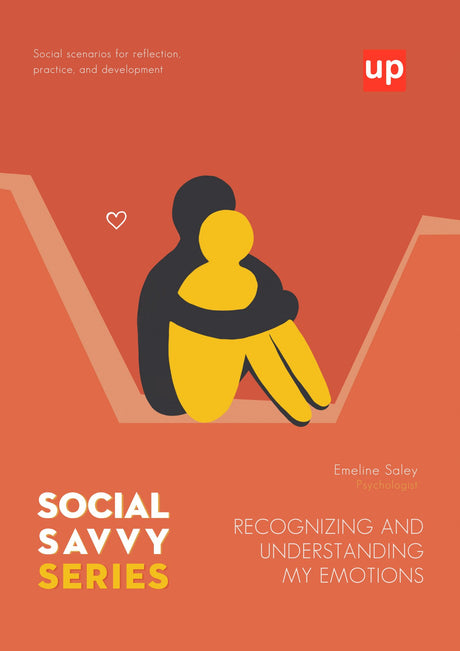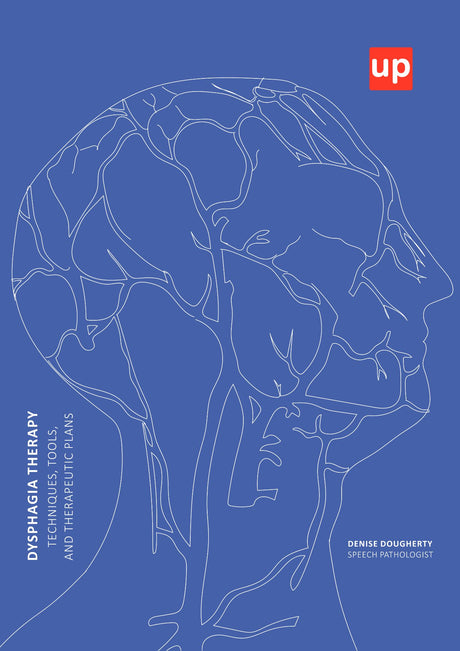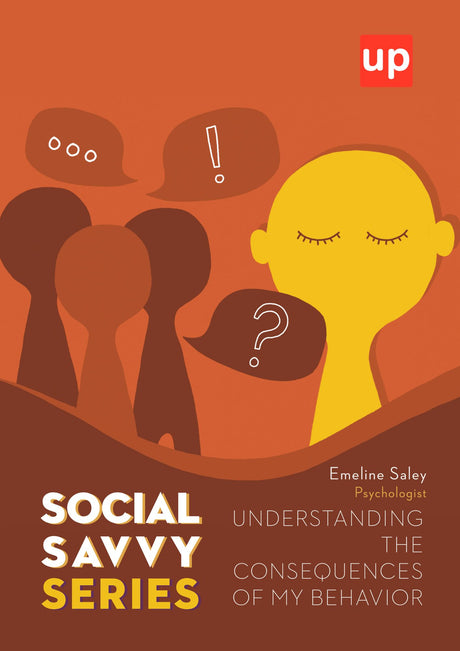What are the 7 visual perceptual skills? They are crucial abilities that help us interpret and make sense of what we see. These skills include: 1. Visual Discrimination, 2. Visual Memory, 3. Visual Spatial Relations, 4. Visual Sequential Memory, 5. Visual Figure Ground, 6. Visual Form Constancy, and 7. Visual Closure. In this article, we’ll break down each skill and explain why they are vital for learning and daily activities.
Key Takeaways
- Visual perceptual skills include visual discrimination, memory, and spatial relations, crucial for academic success and everyday tasks.
- Children struggling with these skills may face challenges in reading, writing, and recognizing objects in cluttered environments.
- Engaging in targeted activities like memory games, puzzles, and sorting tasks can enhance these visual skills and support overall development.
1. Visual Discrimination

Visual discrimination involves recognizing differences or similarities in objects, based on characteristics like size, color, and shape. Tasks such as finding a specific coin in a pile of change or sorting laundry by color rely on this ability. In daily activities like reading and writing, visual processing difference is crucial for recognizing letters and words, supporting literacy. Visual perception refers to the ability to interpret and make sense of visual information to determine differences, including various visual traits.
Children struggling with visual discrimination may mix up similar-looking letters like ‘b’ and ‘d’, causing reading and writing difficulties. They might also lose their place while reading or have trouble finding a specific toy in a cluttered box. These skills are vital not just for academic success but also for everyday tasks like identifying money and sorting objects, especially when it comes to one letter.
Children with visual discrimination difficulties might confuse objects within complex backgrounds. For example, finding a favorite shirt in a messy drawer or a specific utensil in a crowded drawer can be daunting. Early recognition of these challenges allows for implementing strategies and activities to improve visual discrimination, enhancing overall visual perceptual processing.
2. Visual Memory

Visual memory is the ability to store visual details and recall visual information, such as a friend’s face or the layout of a favorite coffee shop. This skill is crucial for learning and daily functioning, aiding in the recall of important visual details. For children, visual memory is essential for tasks like copying information from the board, spelling words correctly, and remembering visual facts, showcasing the brain’s ability to process and retain visual information and short term memory.
A deficit in visual memory can lead to significant challenges. Children may struggle with:
- Spelling
- Copying work
- Writing slowly
- Remembering what they just saw
These issues can negatively affect reading comprehension and make it difficult to remember phone numbers or recognize spelling errors. Poor visual memory can also impact complex tasks like following multi-step directions or recalling phone numbers in a sequence of events in a story.
Engaging in activities that require recalling visual details can support and enhance visual memory in a fun way. Playing memory games, practicing copying exercises, and using visual aids like charts and diagrams can strengthen this skill and help you recall visual traits.
Improving visual memory helps children perform better academically and in everyday tasks that require storing and retrieving visual information to improve visual perception.
3. Visual Spatial Relations

Visual spatial relations involve determining forms or parts of forms in different orientations. This skill helps us understand spatial relationships between objects and navigate our environment effectively, making sense of the distances and angles involved. For example, visual spatial skills are essential in sports for judging distances and angles, allowing you to catch a ball or navigate an obstacle course.
Visual-spatial skills also encompass the ability to mentally rotate objects and visualize shapes in space. Tasks like fitting puzzle pieces together or recognizing rotated letters rely on strong visual spatial relations and visual skill. Children with difficulties in this area may struggle with basic spatial concepts like in and out, over and under, and recognizing rotated letters. These challenges can affect their understanding of left and right and their visual perceptual skills.
Visual discrimination also plays a significant role in visual spatial relations by helping organize and process visual information within the visual system. Understanding spatial relationships is crucial for academic tasks like math problems and physical activities like physical education, where eye hand coordination and spatial awareness are essential. Occupational therapists often work with children to improve these skills, ensuring they can navigate their environment confidently and effectively, enhancing their visual attention.
Various activities can develop strong visual spatial relations, such as building with blocks, playing with shape sorters, and engaging in sports that require spatial awareness in everyday activities. These motor tasks help children organize their bodies in relation to objects, enhancing their ability to understand and interact with their environment and their motor system.
4. Visual Sequential Memory
Visual sequential memory is the ability to recall a sequence of objects in the correct order. This skill is vital for tasks such as remembering phone numbers, recalling multi-step directions, and reading fluidly. For example, visual sequential memory helps children remember the order of letters and words when reading, ensuring they can read sentences correctly.
Strong visual sequential memory aids in remembering sequences, whether it’s the alphabet, a list of instructions, or steps in a math problem. Deficiencies in this skill can lead to poor performance in tasks like recalling sight words or sequencing the alphabet. Children struggling with visual sequential memory may skip words when copying sentences or have difficulty following multi-step directions.
Engaging in activities that require recalling sequences can enhance visual sequential memory. Playing memory games involving sequences, practicing copying exercises, and using visual aids can help strengthen this skill. Improving visual sequential memory can enhance children’s academic performance and help them manage everyday tasks that require recalling sequences.
5. Visual Figure Ground

Visual figure ground is the capacity to recognize shapes and objects, particularly in crowded or busy settings. This skill is crucial for tasks like finding a specific item in a cluttered drawer or locating a blue crayon in a pencil box. For example, visual figure ground skills help you find your keys on a messy table by picking out the relevant object from a complex background.
This important skill is also necessary for academic tasks like copying written work and locating the last written point on a page. Children struggling with visual figure ground may find it challenging to complete assignments requiring them to gather information in a busy background. Activities like hidden picture activities, such as those found in Highlights books or Where’s Waldo, are excellent for developing figure ground skills.
Improving visual figure ground skills involves practicing tasks requiring identifying objects within a busy environment. Encouraging children to engage in activities that challenge their ability to find items in cluttered spaces can enhance this skill. Developing strong visual figure ground abilities helps children perform better in both academic and everyday tasks requiring focus on relevant visual information.
6. Visual Form Constancy
Visual form constancy is the ability to recognize shapes regardless of changes in size, position, or orientation. This skill allows individuals to identify familiar letters in different fonts or when they appear upside down. For instance, recognizing a familiar word in a different font or identifying a rotated letter relies on visual form constancy.
This skill is crucial for reading handwriting that varies and for sorting similar items. Children struggling with visual form constancy may have trouble recognizing letters and numbers in unfamiliar fonts or orientations, including issues with letter formation. This can impact one’s ability to read fluently and accurately, making it challenging to understand written information.
Engaging in activities that involve recognizing shapes and letters in various fonts and orientations can improve visual form constancy. Practicing with different handwriting styles, using flashcards with various fonts, and playing games requiring identifying rotated objects can strengthen this skill. Enhancing visual form constancy helps children improve their reading abilities and better interpret visual information in different contexts.
7. Visual Closure

Visual closure allows individuals to identify objects and other objects even when parts are obscured. This skill is essential for interpreting visual stimuli in incomplete forms, such as recognizing a familiar object when only a portion is visible. For instance, identifying a partially hidden toy or completing a partially drawn letter relies on visual closure.
Children struggling with visual closure may have difficulties completing words during writing tasks or recognizing items when they are partially hidden. Deficits in visual closure can lead to challenges in locating items when they are obscured, affecting their ability to find objects in cluttered spaces. This skill also involves cognitive processes such as problem-solving, which are crucial for interpreting incomplete visual information and addressing missing details. Additionally, they may find it hard to write effectively.
Engaging in activities that require recognizing incomplete objects can enhance visual closure skills. Playing puzzles that involve completing puzzles, practicing with partially obscured letters, and engaging in problem-solving tasks can strengthen this skill. Improving visual closure helps children better interpret and interact with their visual environment, enhancing overall visual perceptual activities and visual perceptual processing.
Upbility offers a wide range of resources and tools designed to enhance visual perceptual skills in children and adults. Through engaging activities, practical exercises, and expertly crafted materials, Upbility supports the development of crucial abilities like visual memory, spatial relations, and visual discrimination. These resources are ideal for educators, therapists, and parents aiming to boost visual perceptual processing and overall cognitive development, ensuring individuals can navigate their environments with confidence and ease.
Summary
Visual perceptual skills are essential for interpreting and interacting with the visual world around us. From visual discrimination to visual closure, each skill plays a crucial role in our daily lives, impacting everything from academic performance to everyday problem-solving tasks. Understanding these skills and recognizing potential challenges can help us better support children and ourselves in developing strong visual perceptual abilities.
By engaging in activities that enhance these skills, we can improve visual perception and overall visual processing. Whether it’s through memory games, puzzles, or practical exercises, there are numerous ways to strengthen our visual perceptual skills. With improved visual perception, we can navigate our environment more effectively, perform better academically, and enjoy a higher quality of life.
Original content from the Upbility writing team. Reproduction of this article, in whole or in part, without credit to the publisher is prohibited.
Frequently Asked Questions
What is visual discrimination, and why is it important?
Visual discrimination is the ability to notice differences or similarities in size, color, and shape, and it's crucial for skills like reading, writing, and sorting. By honing this skill, you can enhance your everyday problem-solving abilities too.
How does visual memory impact learning?
Visual memory plays a crucial role in learning by helping you store and recall visual information effectively, which boosts your ability to copy, spell, and remember important details. This ability is key to achieving academic success and navigating daily tasks.
What are visual spatial relations, and how do they affect daily activities?
Visual spatial relations are crucial for recognizing shapes and their orientations, which impacts your ability to navigate spaces, play sports, and tackle activities like math. Mastering this skill can make daily tasks feel much more manageable and intuitive.
Why is visual sequential memory important?
Visual sequential memory is crucial because it helps you keep track of information in the right order, which is essential for tasks like reading and following instructions. Without it, remembering things like phone numbers or sequences can become really challenging.
How can I improve my child's visual perceptual skills?
You can boost your child's visual perceptual skills by incorporating fun activities like memory games, puzzles, and practical exercises into their routine. These engaging challenges will help sharpen their visual discrimination and spatial awareness.
References
-
Ayres, A. J. (2005). Sensory Integration and the Child: Understanding Hidden Sensory Challenges. Western Psychological Services.
-
Schneck, C. M. (2010). Visual Perception and Visual-Motor Integration. In J. Case-Smith & J. C. O'Brien (Eds.), Occupational Therapy for Children (pp. 374-406). Mosby.
-
Feder, K., & Majnemer, A. (2007). Handwriting development, competency, and intervention. Developmental Medicine & Child Neurology, 49(4), 312-317.
-
Flanagan, D. P., & Alfonso, V. C. (2011). Essentials of Specific Learning Disability Identification. Wiley.
-
Brown, T., & Bourne, R. (2016). Assessing and Treating Pediatric Visual-Motor Integration and Visual Perception. In Pediatric Occupational Therapy Handbook: A Guide to Diagnoses and Evidence-Based Interventions (pp. 183-202). Elsevier.
-
Case-Smith, J., & Clifford O'Brien, J. (2014). Occupational Therapy for Children and Adolescents. Elsevier Health Sciences.




